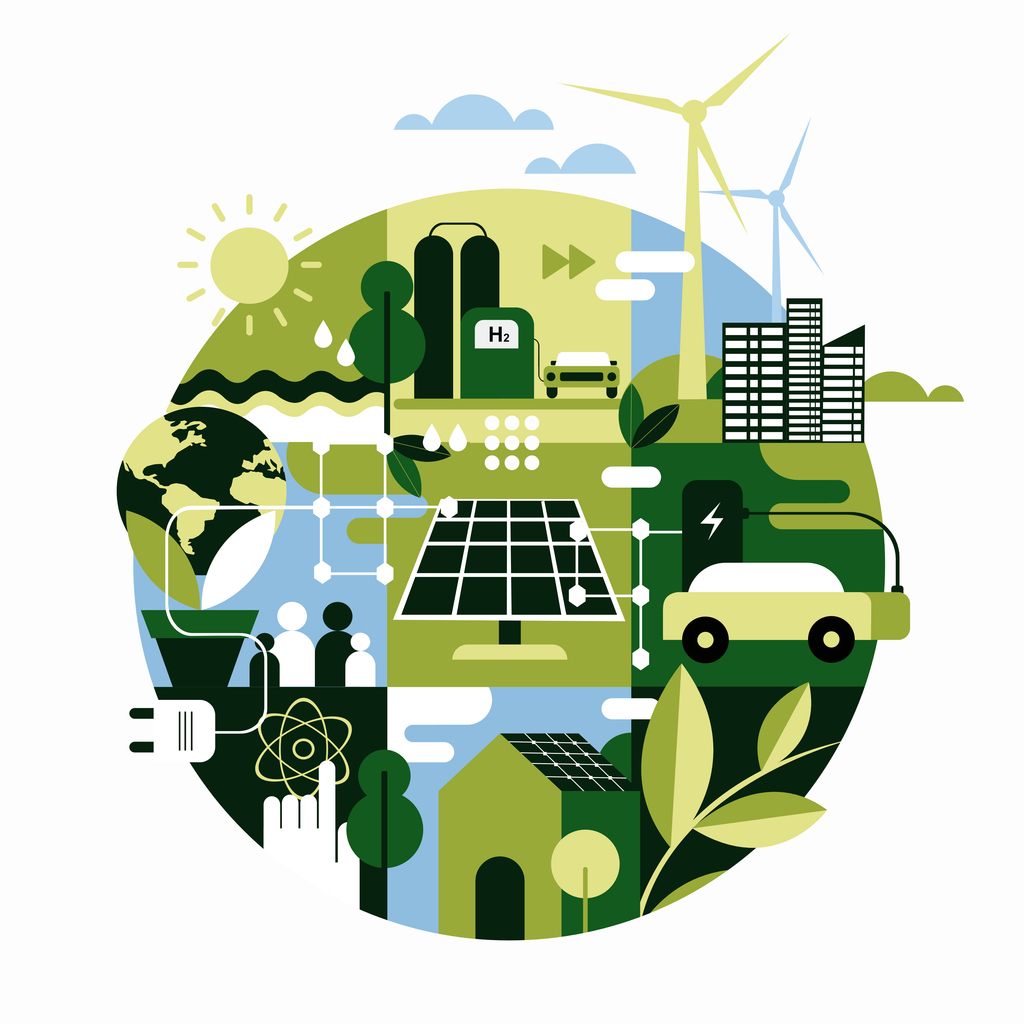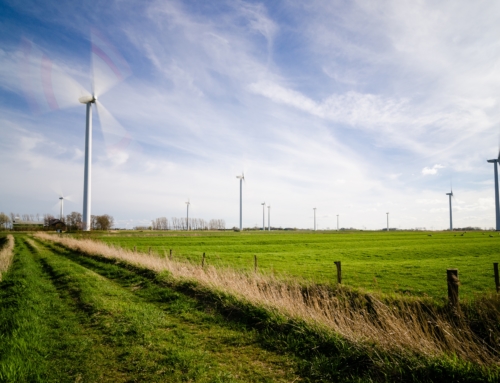Energy fuels every aspect of modern life, from work to leisure to basic needs. While energy has traditionally come from consumable resources, renewable energy offers a sustainable alternative.
Despite the growing popularity of renewable energy, myths persist. Learn the truth about energy as we debunk six common misunderstandings about renewable sources.
What Is Renewable Energy?
Renewable energy is any type of energy that comes from a renewable source. It won’t run out due to consumption over time. By contrast, non-renewable resources are gone forever once used.
Most traditional energy sources are not renewable. They’re also called fossil energy or fossil fuels. These include:
- Natural gas
- Coal
- Oil
These resources were formed millions of years ago and are mined from the earth.
Debunking Common Renewable Energy Myths
As renewable energy has evolved, so have the stories that surround it. Some common myths persist that discourage people from investing in change. By learning the correct facts and context, you can make better choices about your energy consumption.
Myth 1: There Aren’t Enough Sources of Renewable Energy
When you think of renewable energy, you might think of wind or solar power. Individuals or on so-called energy farms can use wind turbines and solar panels. On energy farms, many turbines or panels are located together, producing large amounts of energy that can then be diverted to the places that need it.
There are more than just those two well-known energy sources, however. People also harness the power of water through hydropower and tidal energy. Geothermal energy—another option- harnesses the heat from the earth’s core.
Myth 2: Renewable Energy Has a Significant Environmental Impact
Unlike energy from fossil fuels, renewable energy doesn’t release carbon emissions as it is generated or used. Its production will not disrupt the carbon cycle or cause other adverse effects like air or water pollution. Renewable energy provides a cleaner environment for people, animals, and plants.
Myth 3: Renewable Energy Is Expensive
Most people are familiar with the prices they already pay for energy. That electricity bill or number on the gas pump is easily visible, and many plan and budget for these ongoing costs. As such, some might worry that renewable energy will be too expensive.
However, according to the United Nations, renewable energy is the cheapest option for individual consumers nowadays. As the technology and infrastructure supporting renewable energy initiatives continue to improve, the costs continue to decline. Additionally, rising demand for energy can create competition against fossil fuels.
Myth 4: Renewable Energy Is Unreliable
If it’s not always windy and the sun goes down overnight, how reliable can renewable energy resources really be? That question often comes up in discussions about wind or solar power. However, renewable energy is extremely reliable.
Storage technology has improved dramatically since people started harnessing renewable energy. Now, systems can capture and store excess energy during long winter nights or less windy days. With diversified energy sources, such as solar and wind energy, you have choices when one system isn’t producing enough.
Because renewable energy will continue to be available, it has an edge over resources that will eventually run out.
Myth 5: Renewable Energy Is Inefficient
When renewable energy started being used, it wasn’t as efficient as traditional fuel sources because of a lack of infrastructure. Any system takes an initial investment of resources to make it accessible.
As more solar panels and solar-harnessing systems were implemented in the early 2000s, renewable energy became more accessible and efficient. Now, with significant infrastructure across the world, renewable energy sources are much more efficient and within reach. Additionally, advancements in research, manufacturing, and installation techniques have provided access to new energy sources.
Myth 6: Renewable Energy Is Undesirable
Some worry that renewable energy will be undesirable for other reasons. Won’t wind turbines be too loud? Aren’t solar panels disruptive to architectural designs?
These myths have all been disproven as well. Wind turbines don’t make much noise, typically less than refrigerators, and are rarely placed near homes or workplaces. Solar panels aren’t any more disruptive to architectural designs than current gas meters or electrical lines.
What Challenges Does Renewable Energy Face?
Renewable energy is still less widespread and popular than traditional sources like natural gas. Human habits are difficult to change, even in the best of circumstances. When it comes to energy, adjustments in public perception and infrastructure are necessary to make renewable energy the go-to energy choice.
The cost has long been the most significant challenge facing renewable energy. However, investing in renewable sources makes economic sense on a global scale, particularly for governments.
In the past, governments have subsidized fossil fuels, which is becoming more expensive. For example, governments spent $7 trillion on subsidizing fuel in 2022. Investing in renewable resource infrastructure can save a lot of money while supporting environmental initiatives.
Now that you understand these renewable energy myths and facts, you may be looking into energy company comparisons to find one that offers access to different options. At Kiwi Energy, we support the shift to renewable energy. To get started with sustainable options in your home, contact Kiwi Energy today. We’ll perform an energy plan comparison to find the best choice for your situation.




